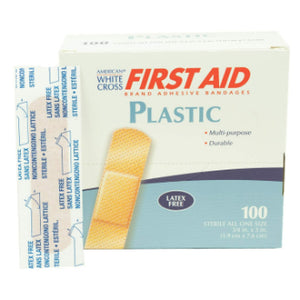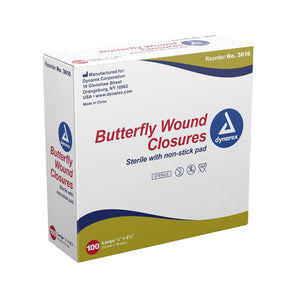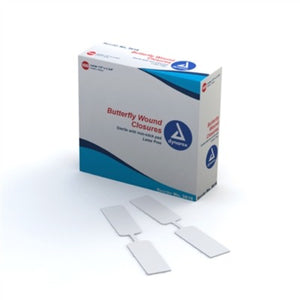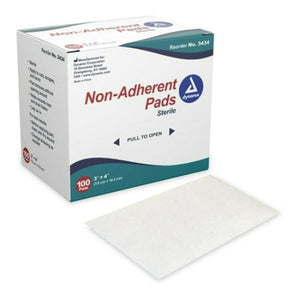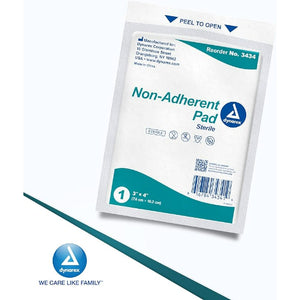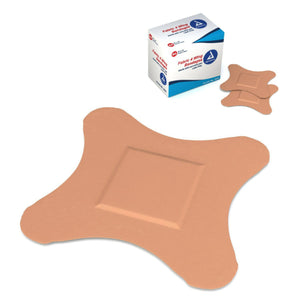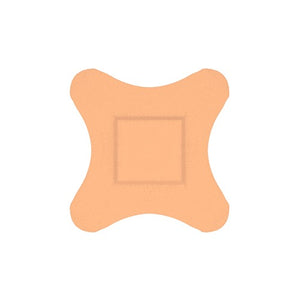If you’re wondering how to use moleskin for blisters, the key is applying it before or after the blister forms to reduce friction. In this 7-step guide, learn the best way to apply moleskin on blisters, when to use it, and how long to leave it on for proper healing.
Blisters are common, especially for people who walk, hike, or wear tight footwear. One of the most recommended solutions is moleskin—a soft, adhesive-backed padding that reduces rubbing and relieves pressure.
If you've ever asked, “Should you put moleskin on a blister?”, this guide is for you. Let’s walk through a simple process to protect and heal your skin.
7 Easy Steps to Use Moleskin for Blisters
1. Clean the Blister Area Thoroughly
Use soap and water to remove sweat, dirt, or bacteria. Dry completely. This prevents irritation under the adhesive and allows better grip.
2. Cut Moleskin to Size
Using scissors, cut a piece of moleskin foot blister strip large enough to cover the area comfortably. If the blister is unbroken, cut a donut-shaped hole in the center to offload pressure.
Buy Moleskin Padding for Blisters
3. Decide: Open or Closed Blister
If the blister is unbroken, do not pop it. Place the moleskin with the hole centered on the blister.
If the blister has burst, apply a sterile bandage first, then moleskin on top for extra protection.
4. Apply Moleskin Without Wrinkles
Press the moleskin gently but firmly over the area, making sure there are no folds or loose edges. It should lie flat against the skin.
5. Secure Edges for Extra Hold
If the moleskin may rub off due to sweat or shoes, consider using medical tape around the edges to hold it in place.
6. Replace Daily or As Needed
Wondering how long to leave moleskin on a blister? Replace it at least once daily or sooner if it becomes wet, loose, or dirty. Always clean the area between applications.
7. Monitor the Blister and Let Skin Heal
As friction is reduced, the blister should begin to dry and reabsorb naturally. If redness, swelling, or pain increases, consult a doctor.
Should You Put Moleskin on a Blister?
Yes—but the approach depends on the blister's condition:
- Unbroken blister: Apply donut-shaped moleskin to cushion the area
-
Open blister: Use a sterile bandage first, then moleskin for extra protection
This method helps avoid infection and supports faster healing.
Moovkart Moleskin Tips & Care Guide
- Always trim moleskin to fit your foot shape and shoe area
- Avoid using on broken skin unless covered with a sterile barrier
- Ideal for preventing blisters on toes, heels, and pressure points
Recommended Products from Moovkart
- Moleskin padding sheets for full customization
- Pre-cut moleskin foot blister strips for quick application
- Antiseptic cream and blister bandages for open blister protection
Buy Moleskin Foot Blister Strips Online
Frequently Asked Questions(FAQs)
1. What is the best way to apply moleskin on blisters?
Trim a donut-shaped moleskin pad and place it around the blister. For open blisters, use a sterile bandage underneath.
2. Should you put moleskin on a blister that has popped?
Yes, but apply a sterile dressing first, then use moleskin to cushion and prevent further irritation.
3. How long to leave moleskin on a blister?
Replace at least once daily or if it becomes wet or dirty.


